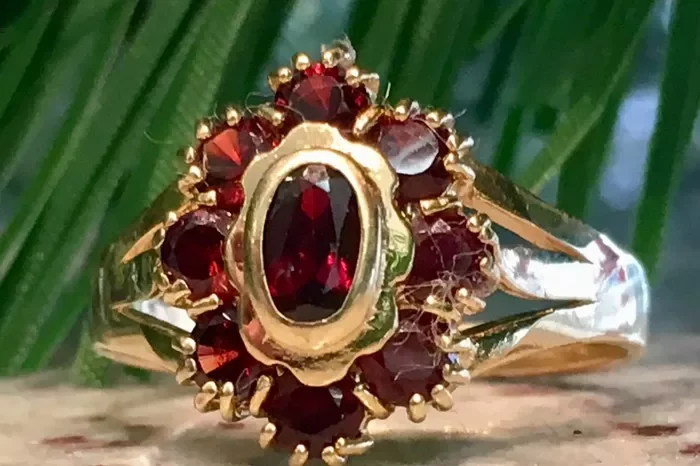Archaeologists in the City of David, part of the Jerusalem Walls National Park, have unearthed a remarkable piece of ancient jewelry—a small gold ring with a red gemstone, likely a garnet. This stunning find is estimated to be around 2,300 years old, dating back to the early Hellenistic period.
Despite its age, the gold ring remains remarkably well-preserved, showing no signs of rust or significant wear. Experts believe it was likely worn on the pinky finger of a woman or a child due to its small size.
Dr. Marion Zindel explains that the ring was made by hammering thin sheets of gold over a metal ring base, a common technique used during the late 4th to early 3rd centuries BCE. This period saw a growing preference for gold jewelry adorned with gemstones over purely gold decorations.
Professor Yuval Gadot and excavator Efrat Bocher highlight that this discovery adds to a collection of early Hellenistic artifacts found in the City of David, including a horned animal pendant and a decorated gold bead. These findings offer new insights into Jerusalem’s nature and status during this period.
Previous beliefs suggested that Jerusalem was a small city with limited resources, primarily confined to the southeastern ridge known as the “City of David”. However, recent excavations in the Givati Parking Lot area paint a different picture, revealing a sprawling city with various structures, both domestic and public, extending westward from the hilltop. The quality of these structures, coupled with luxurious gold finds, indicates a prosperous economy and elite status for the city’s inhabitants.
The Hellenistic period, marked by Alexander the Great’s reign, was characterized by extensive trade and cultural exchanges. Alexander’s conquests facilitated the movement of luxury goods, including gold jewelry, throughout his empire. Hellenistic jewelry often featured designs inspired by mythology or significant symbolic events, reflecting the era’s artistic and cultural influences.
Ongoing excavations continue to uncover artifacts that enrich Jerusalem’s historical narrative. Each discovery, like this exquisite gold ring, contributes to a deeper understanding of the city’s past, its people, and its role within the broader Hellenistic cultural and economic landscape.


